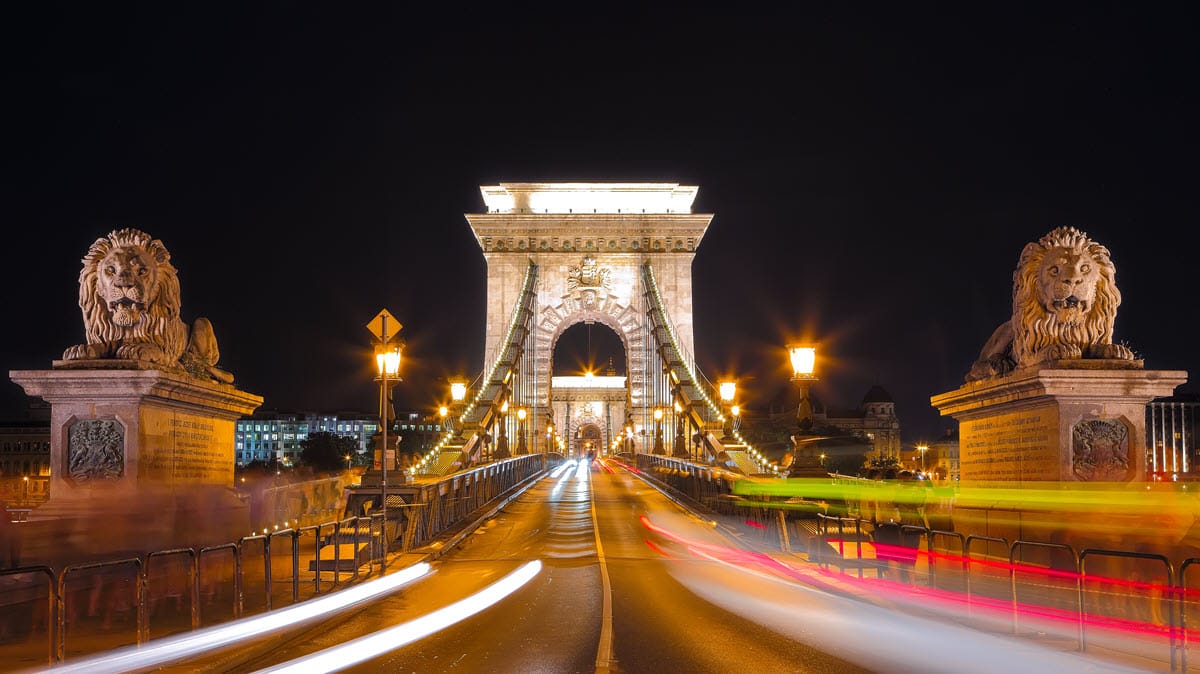Hungary is a land-locked country located in Central Europe. It has a population of nearly 10 million and covers an area of 93,030 square kilometers (35,920 sq mi). The official language is Hungarian, and it’s one of the few non-Indo-European languages widely spoken in Europe.
Hungary is known for its beautiful capital Budapest. It attracts around 30 million tourists each year and is a hive of activity during the annual spring and Szignet rock festivals. The country is also a top destination for hot springs and thermal spas, natural caves, and fabulous wine.
Hungarian Parliament Building
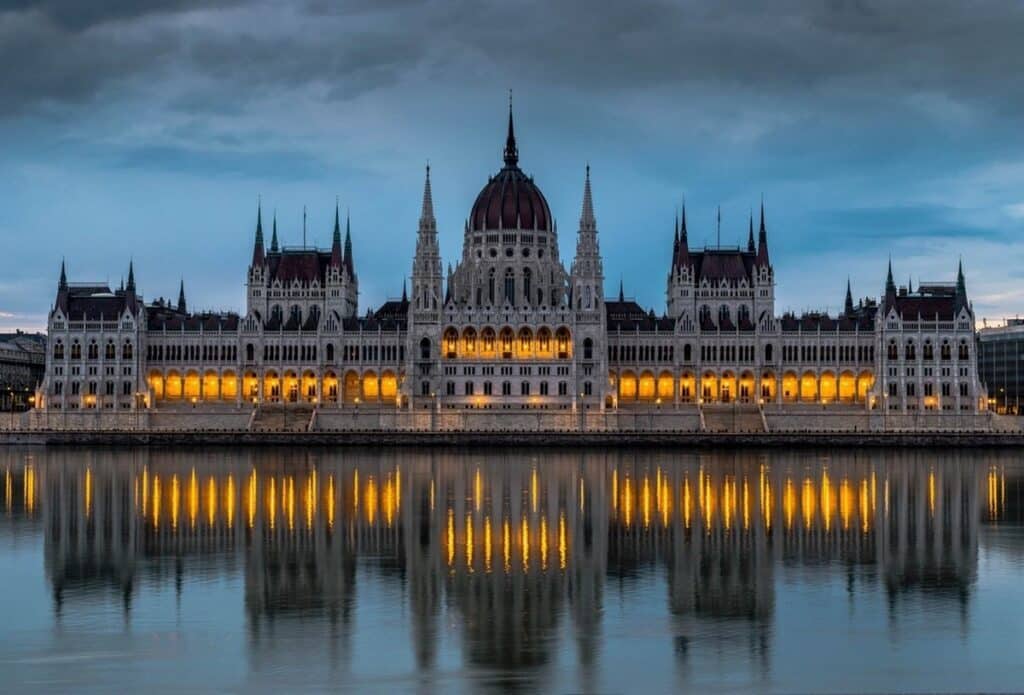
The Hungarian House of Parliament is one of the country’s most recognizable features. UNESCO declared it a World Heritage site in 1987, and it’s easy to see why. This incredibly richly decorated Neo-Gothic-style building is the third largest parliament in the world. It was built on the 1000th anniversary of the foundation of the state of Hungary.
Tourists can visit this iconic building during a 45-50 minute tour. Here they are shown the session chamber of the Upper House, the lounge of the Upper House, the ornamented staircase, and the Dome Hall, which includes the Hungarian royal crown and coronation regalia.
Ruin bars
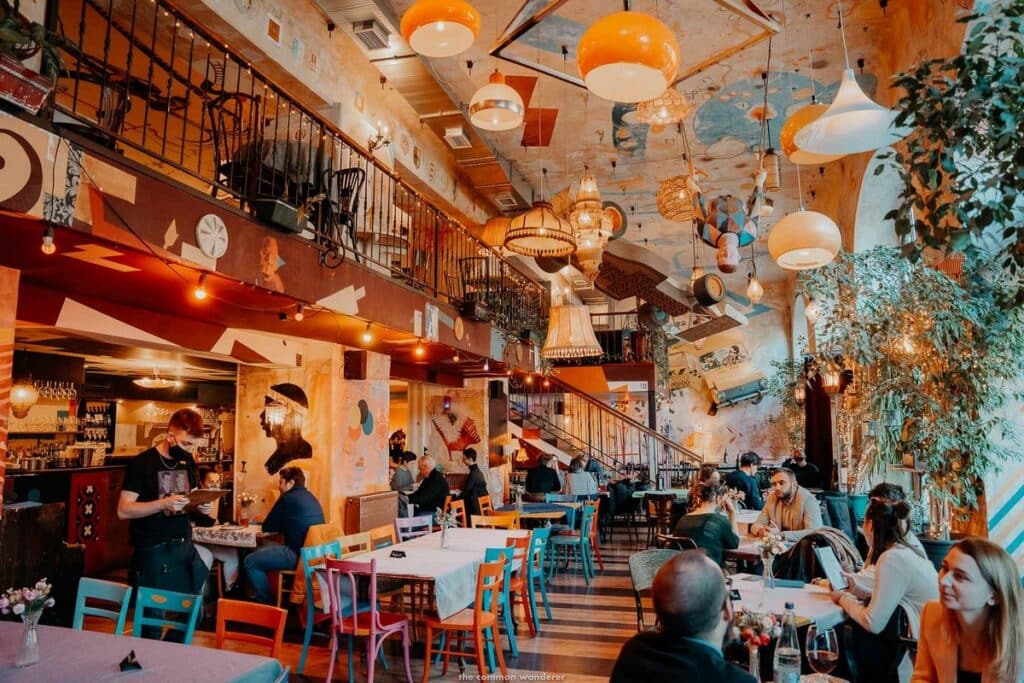
You can’t speak about Budapest without mentioning the world-famous ruin bars: pubs located in previously abandoned buildings that have been turned into creative, chaotic places to have a drink, a bite to eat, or dance until sunrise.
While every bar has an entirely different vibe, they all share a few basic principles. They started as an old, abandoned place; they are filled with flea market furniture and quirky antiques, and artists have left their mark all over the place.
Although the bars are no longer as “underground” as they once were, they still retained their authentic charm despite more and more tourists flocking to them.
Hot Springs and Thermal Spas
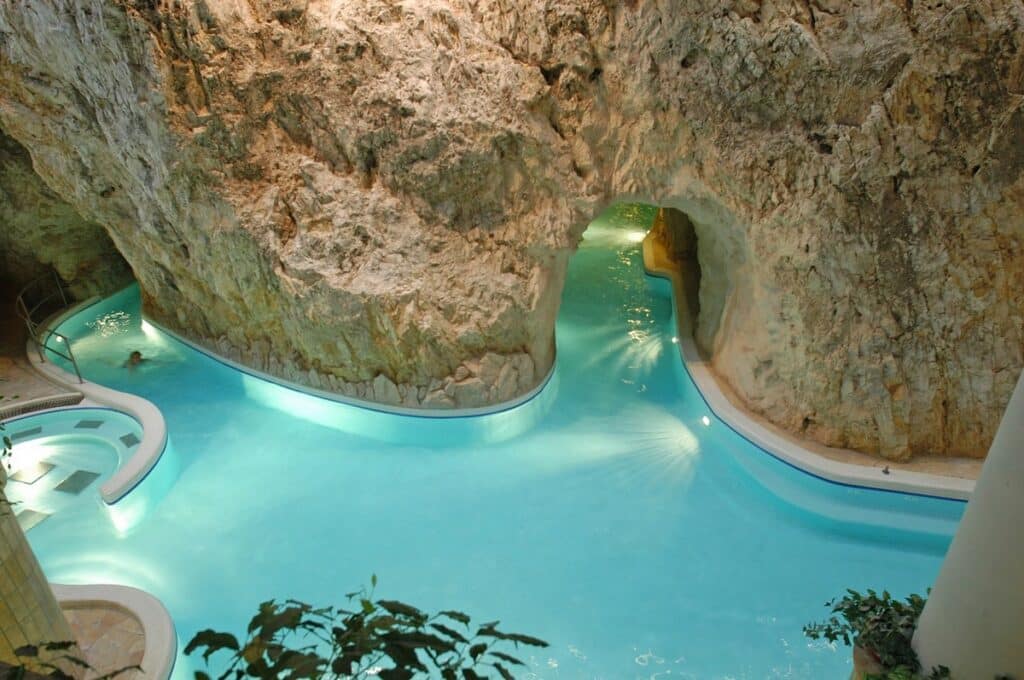
This country is Europe’s hot spot for thermal baths. Hungary has more than 100 hot springs, and Budapest alone has over 120. Budapest is a city that thrives on spa culture! Before Ruin bars became a hallmark of the city, Budapest was known for its spa culture dating back to Roman times.
Aside from being a relaxing outing, visiting one of the city’s spas and baths gives you a chance to experience Budapest like a local. Locals from all walks of life indulge in the opportunity to relax while catching up with friends to chat and gossip.
Budapest’s Great Market Hall
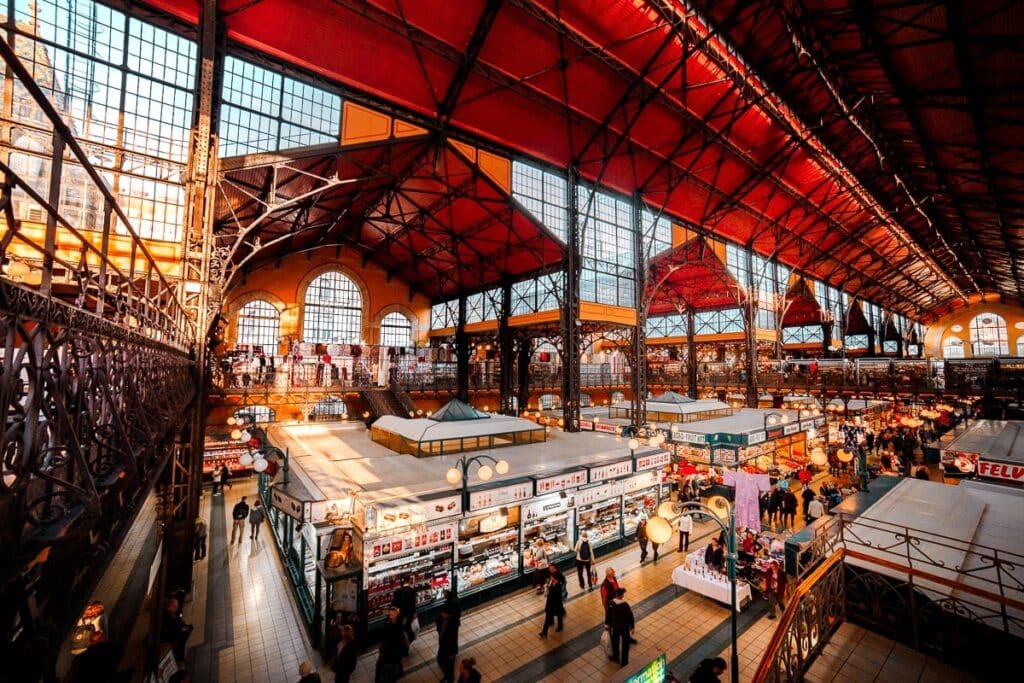
One of the reasons we travel is to see how other people live and how they eat. And there is no better way to do this than visiting Budapest’s grand Great Market Hall. The hall has three floors full of fresh local produce, souvenirs, and traditional home-style meals and snacks. In addition, various tours are on offer to help visitors savor some of the countless delicacies Hungary has to offer.
Paprika
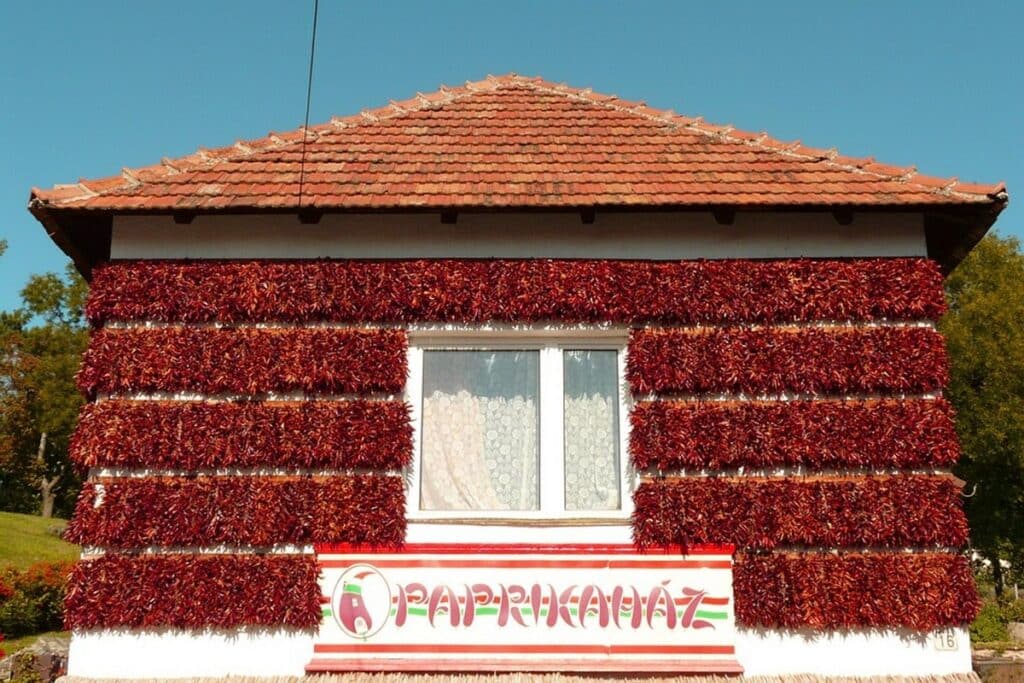
After the Ottomans introduced paprika to the Hungarians in the 16th century, they completely fell in love with it. Today it has become somewhat of a national obsession, and you will be blown away by the sheer amount of paprika available at local markets. Much of the paprika used in the world today comes from Hungary.
Goulash

Goulash, or Gulyás in Hungarian, is the country’s most famous dish. It’s a stew that consists of meat and vegetables seasoned with spices and paprika in particular. While many other countries in Central Europe also eat goulash, in Hungary, it has become a symbol of the country and Hungarian identity.
Goulash has humble origins as it used to be a popular meal amongst shepherds. However, by the 1830s, it started making its appearance in urban kitchens and cookbooks. This despite fear by hostesses that the dish was too crude for ladies.
Tokaji wines
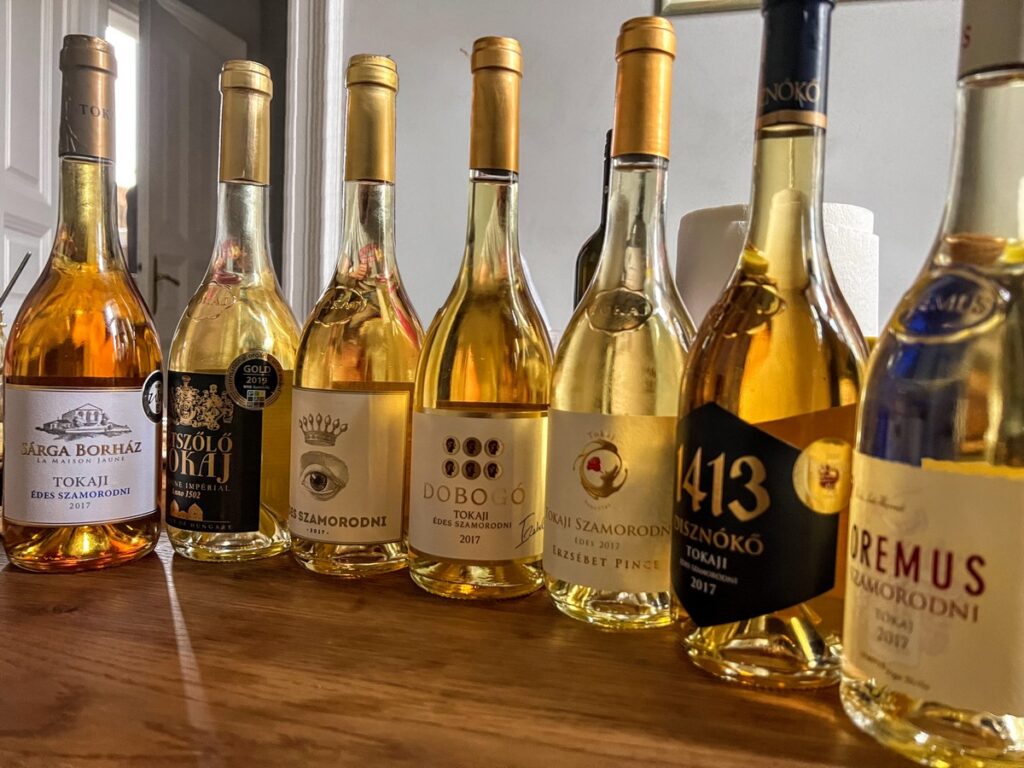
The Tokaji, also known as Tokay, is one of the most well-known wine regions in the world. Tokaji wine is mentioned as early as 1635, referencing the sweet dessert aszú (botrytised) wine. The wine produced in this region is known for its sweet tones, with great dessert wines produced in the region.
Many royal consumers loved Tokaji wine. These included many Hungarian noblemen, Peter the Great, King Louis XIV, and Catherine the Great, to only name a few. In addition, there are a variety of wine tours on offer so that you have ample opportunity to try the country’s magnificent wines.
Lake Balaton
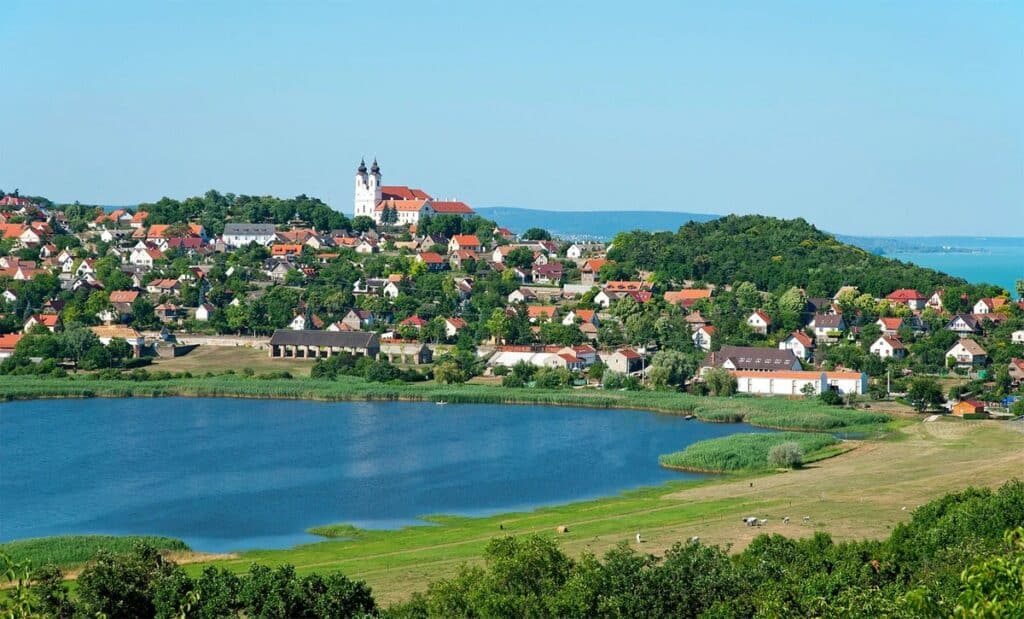
Lake Balaton is a freshwater lake in western Hungary and the largest lake in Central Europe, with a 197km shoreline. It’s a popular holiday destination with resort towns, beaches, and volcanic hills.
The hilly northern part is a well-known wine region. If you are looking for something more active, you can hike one of the numerous hiking trails at Balaton Uplands National Park.
Aggtelek National Park & Caves
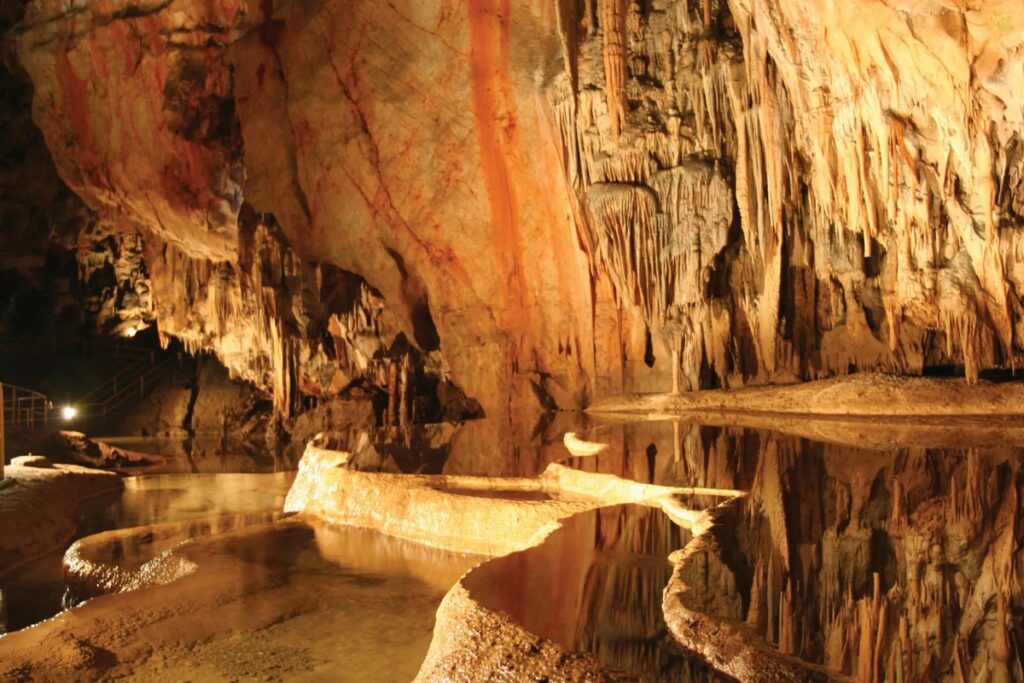
This enormous park covers an area of almost 200 square kilometers (77 square miles), and it includes some of Europe’s most impressive caves. The most visited cave is Baradla Cave, one of the largest ones on the continent.
Archaeological findings have shown that humans have used the cave for over 7000 years. Next to visiting the caves on guided tours, there is an array of botanical, zoology, and ecology tours on offer. The park is also a popular destination for hikers all over Europe.
Buda Castle
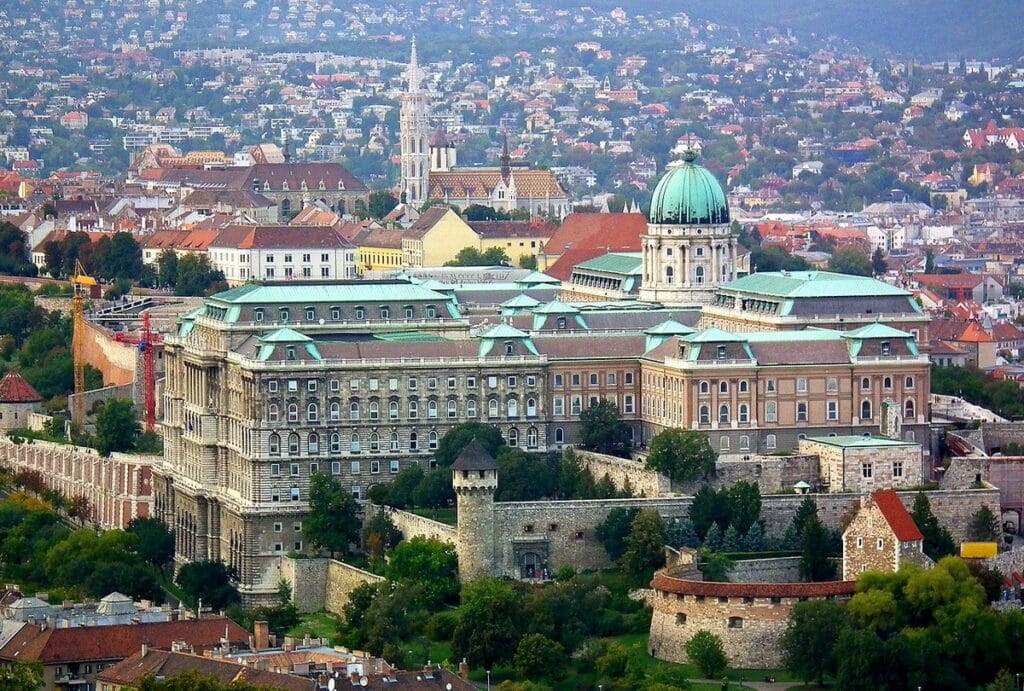
The Buda Castle is one of the city’s most famous attractions. The castle is also known as the Royal Palace, as it used to be home to Hungarian kings. The building was first completed in 1265, but the impressive Baroque palace you see today was built between 1749 and 1769.
Today the castle is home to the National Széchényi Library, the Budapest History Museum, and the Hungarian National Gallery. When visiting the palace, take your time to get lost in the quaint narrow streets and alleyways on Castle Hill, where the palace is located.
Eger Castle
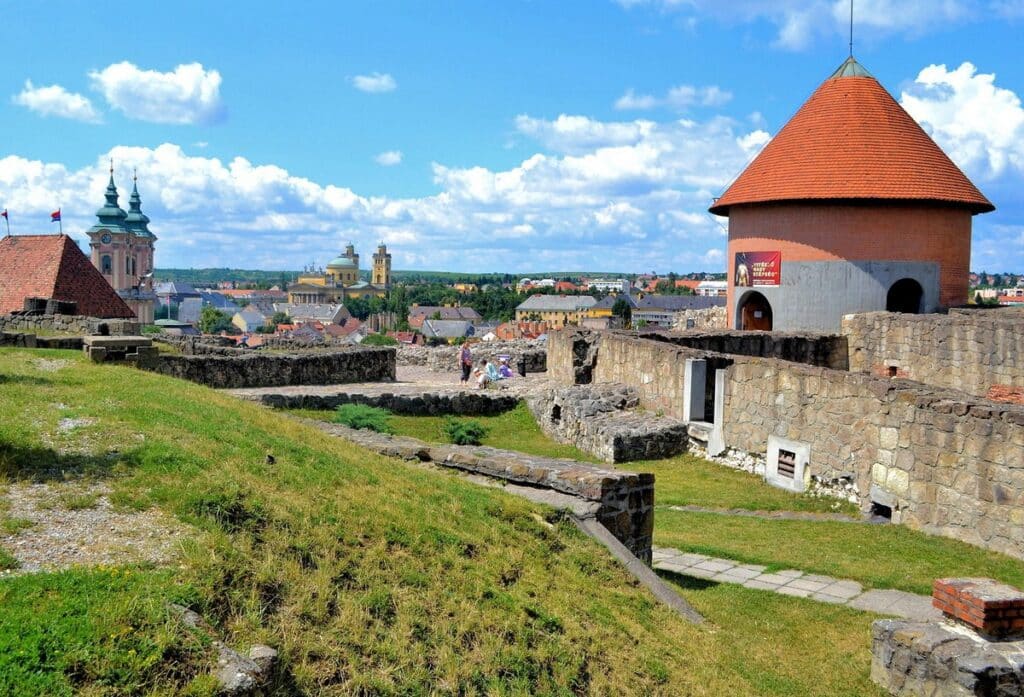
Eger Castle is the site of a momentous moment in history where the unstoppable Ottoman army was halted for the first time in an epic battle. The castle essentially became the barrier that would secure Europe until the Ottoman Empire finally captured it 50 years later.
Today you can visit the castle as it has been turned into a museum. The panoramic view is incredible as the castle was built on a hill overlooking the town of Eger. If you are in the region, you can spend an afternoon in the Valley of the Beautiful Women, one of the country’s top wine regions.
Budapest Spring Festival
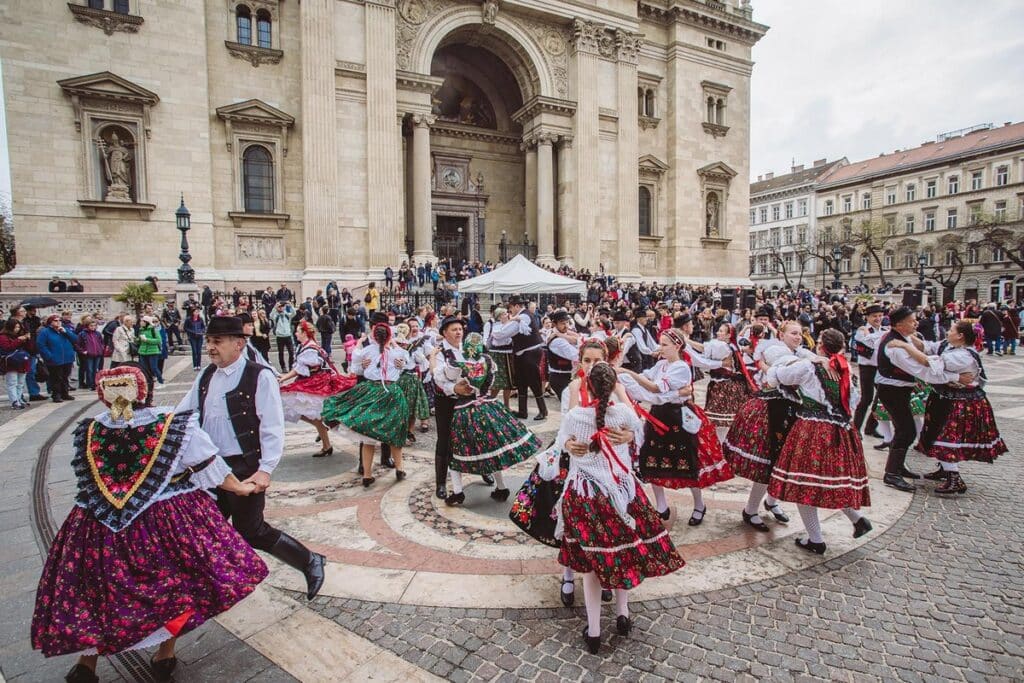
The Budapest Spring Festival is the largest cultural festival in Budapest as well as being the biggest cultural event in the entire country. This two-week festival is centered on traditional arts and includes cultural performances all across this city.
It’s the best event to join to get a taste of local talent as artists and composers from across the country come together in Budapest around mid-March to early April.
Pannonhalma
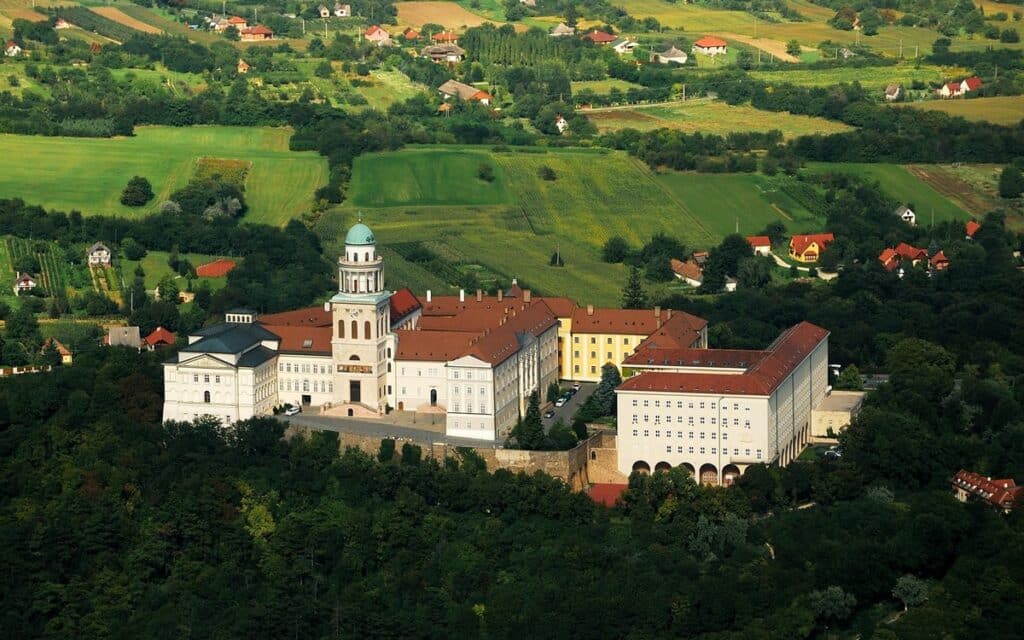
Pannonhalma is known to be the country’s most beautiful Baroque city. This is the perfect day trip to fully immerse yourself in pivotal moments of the country’s history and heritage. Pannonhalma dates back to the 13th century and is listed as a UNESCO World Heritage Site.
A visit to the city isn’t complete without seeing the Benedictine Abbey of Pannonhalma, one of the oldest buildings in the country. This complex function as the country’s spiritual and cultural center for more than 1000 years.
The Small Castle Town of Visegrád
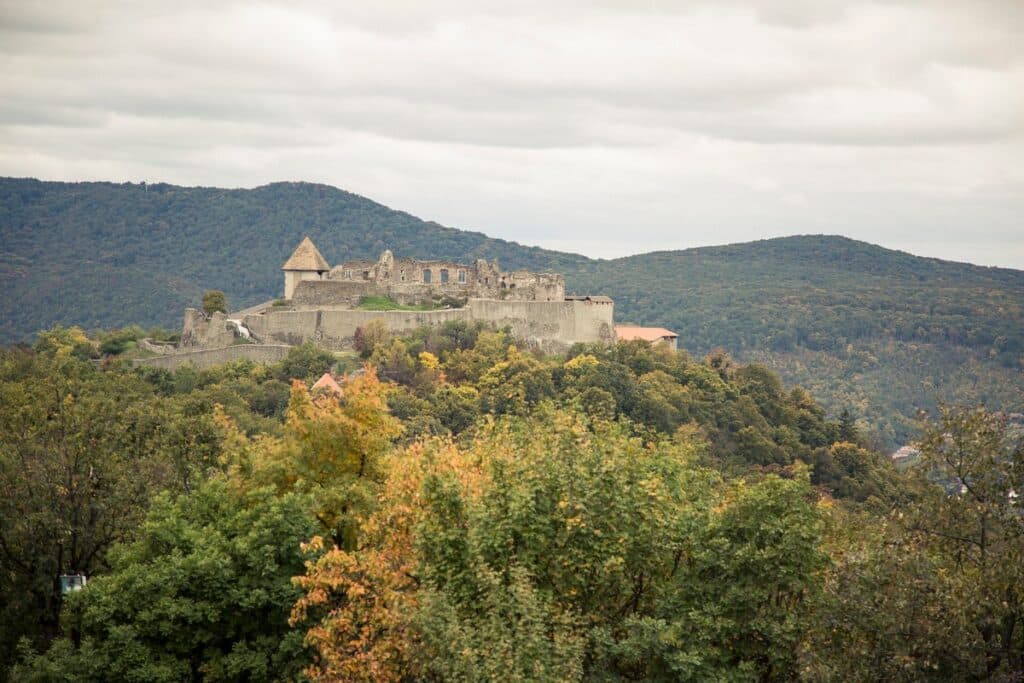
Visegrád is a quaint little castle town just north of Budapest. It’s primarily known for being home to the remains of the Early Renaissance summer palace of King Matthias Corvinus of Hungary.
Wander around the village’s center and admire the tree-lined streets and old houses. The hills behind the town also offer excellent hiking possibilities and stunning views of the Danube.
Sziget Festival, Budapest
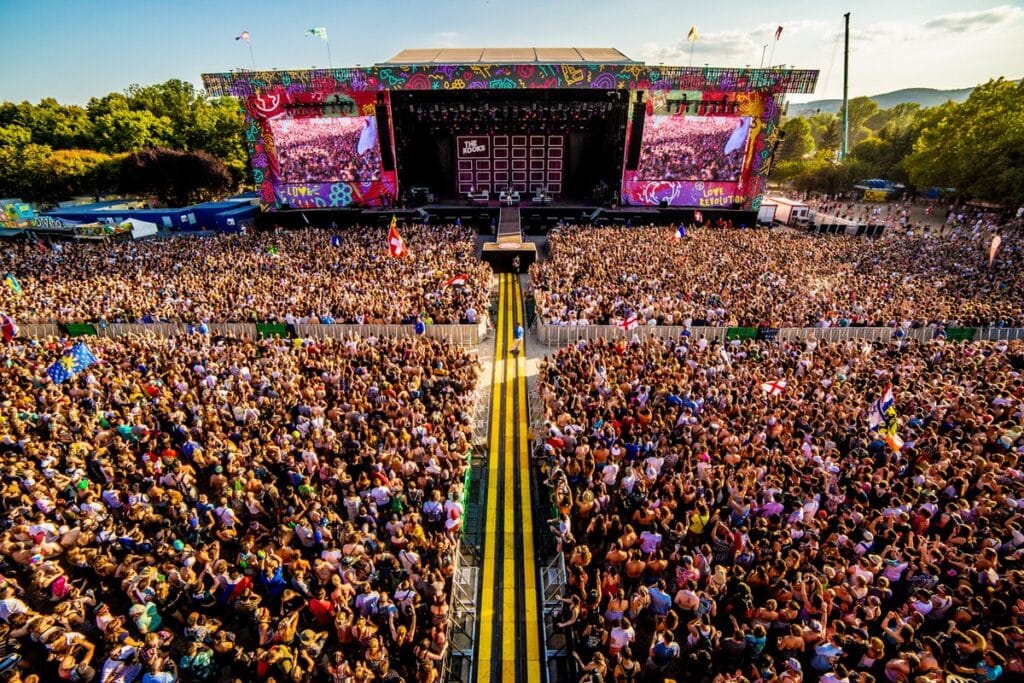
The Sziget Festival is one of the largest and most well-known music festivals on the continent. It’s held annually in August in northern Budapest, Hungary, on Óbudai-sziget, a lush 108-hectare island on the Danube. More than 1000 performances take place during the festival.
The festival has been held every year since 1993 and is focused on rock music for the most part, with some of the world’s most famous artists headlining the festival. If you are planning to visit the city during that time, make sure to book your accommodation well in advance.
Esztergom Basilica
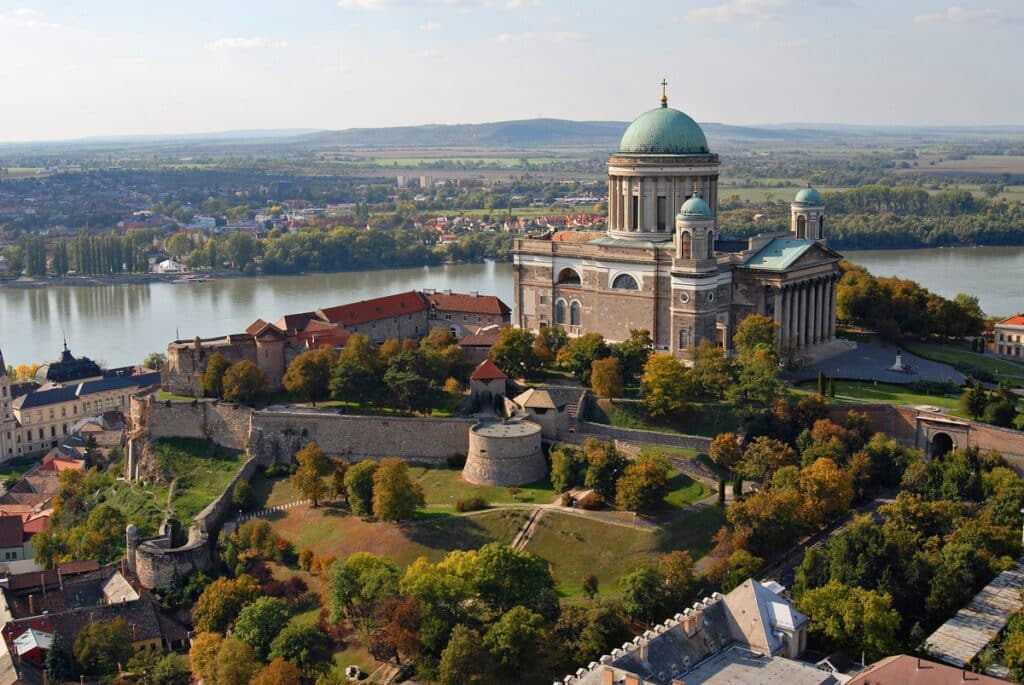
The town of Esztergom plays a central role in the country’s history as it was the birthplace of the country’s founding king, St. Stephen I. This king gave the town archdiocese rank turning it into the center of the Catholic church in Hungary.
The town’s 100-meter-high (328 ft) basilica is one of the biggest in Europe and the country’s largest church. Construction lasted 47 years, and the basilica was finally finished in 1869.
However, the history of the church dates back much further. Sources indicate that Hungary’s first-ever church was built in the vicinity, and the original church that stood here burnt down in 1180.
The Caves of Lillafüred
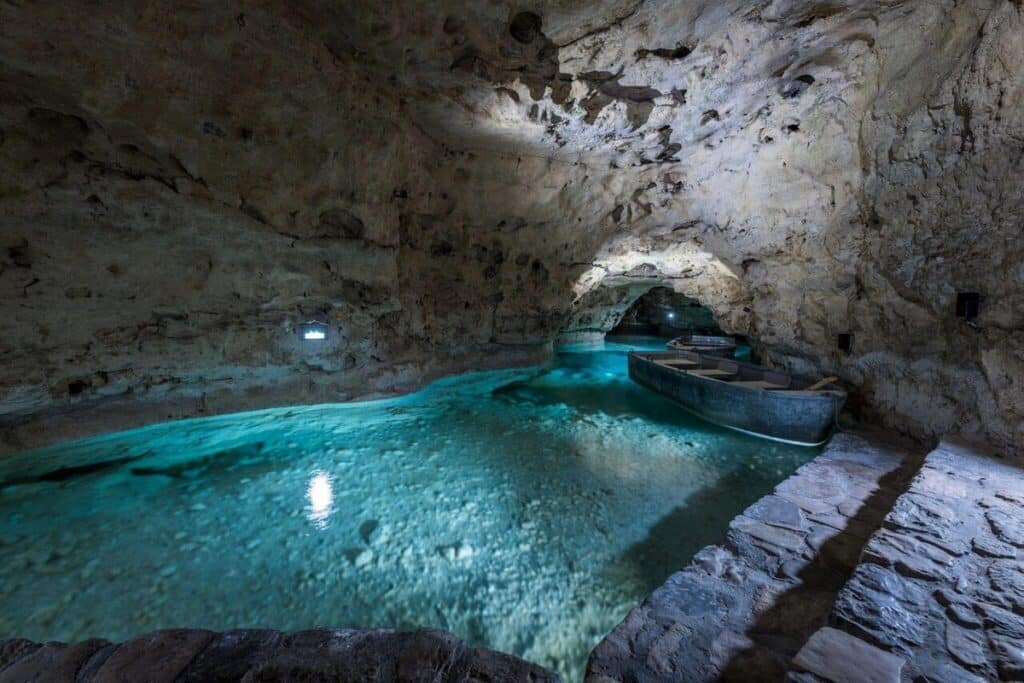
Lillafüred is another top destination if you are looking to indulge in spas. However, the town is even more known for its magnificent caves that are within walking distance. For example, Petofi Cave is renowned for the impressions of extinct plant species, and István Cave for its incredible stalactite formations.
If you feel like something a bit more adventurous, you can hike to the Szeleta Cave with its collection of Ice Age relics.
Danube River
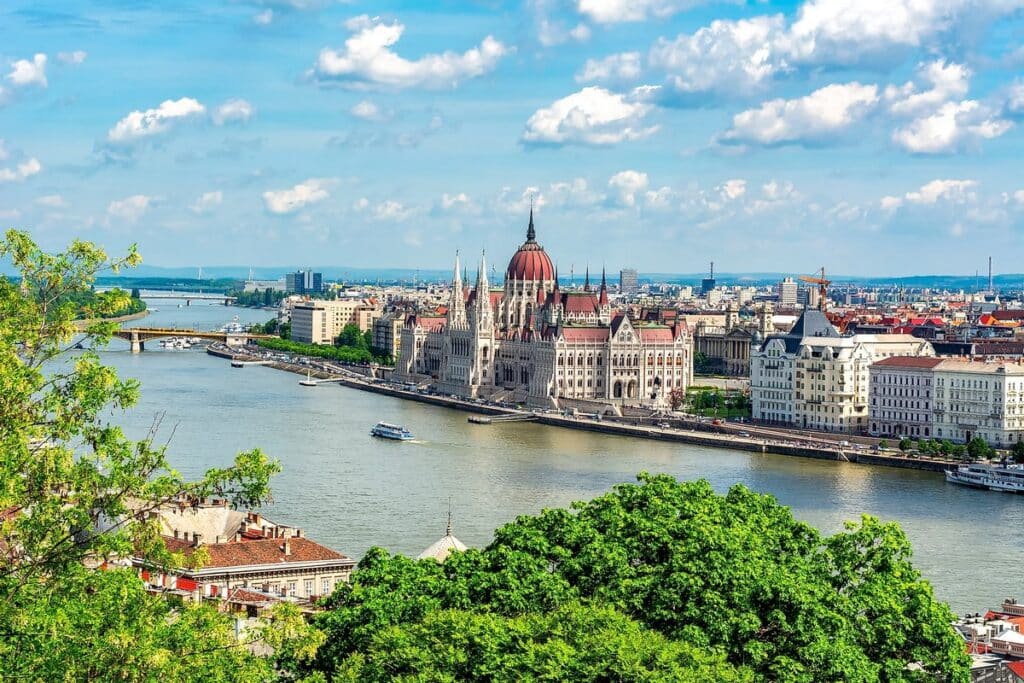
The Danube River splits Budapest into two, Buda and Pest, and locals love lounging around the river. 19th-century Chain Bridge connects the Buda district with Pest. One of the best views of the river is from Freedom Bridge.
There are a variety of Danube cruises on offer in Budapest so that you can enjoy the city from a different vantage point. For example, go on a night cruise to see the magnificent parliament building glittering with all the lights.
Another spot to appreciate views of the river outside of Budapest is the Danube Bend. This is a popular area with many recreational and excursion spots.
Rubik’s Cube

In 1974 Hungarian sculptor and architecture professor Ernő Rubik designed the Rubik’s cube. While the cube may only seem like a toy to many, the cube is a force to be reckoned with. Architects have studied the cube to understand how they can optimize space when designing urban structures. The cube is defined by the themes of geometric lines, prime colors, and minimalism, all contemporary architectural design features.
A museum shaped like a Rubik’s Cube was set to be built in 2014, marking the 40th anniversary of the cube’s invention. But unfortunately, the project has suffered numerous delays, and construction hasn’t yet started.
Historic Sopron
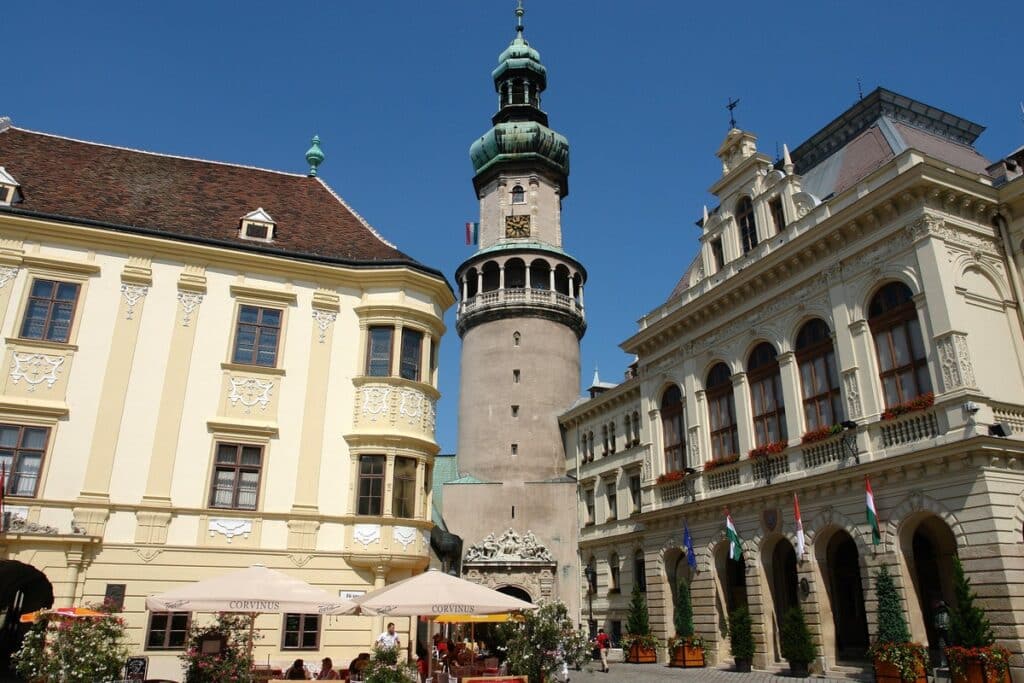
The little town of Sopron is nestled close to the eastern foothills of the Alps. It boasts beautifully preserved medieval and Baroque buildings. With 240 protected buildings, of which 115 are officially listed, it’s one of Europe’s largest collections.
Next to visiting this historic town, the natural surroundings offer fantastic hiking tours as well as being a wine-producing region.
